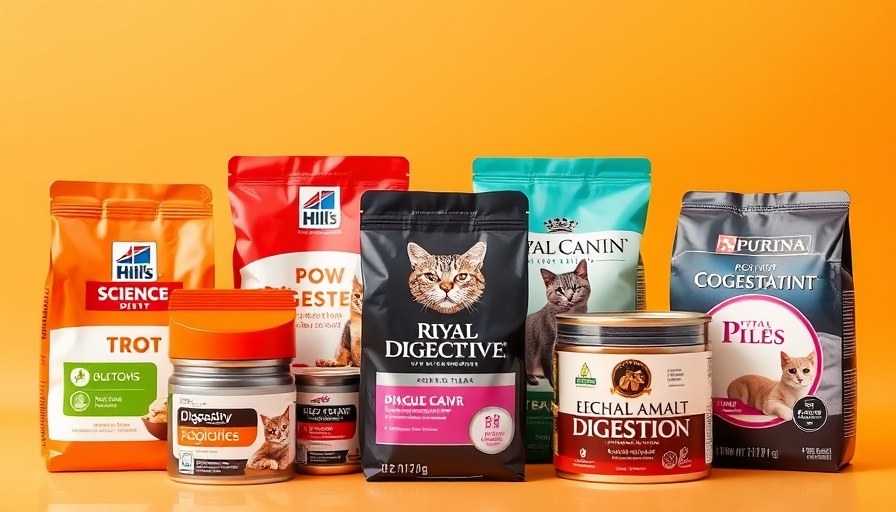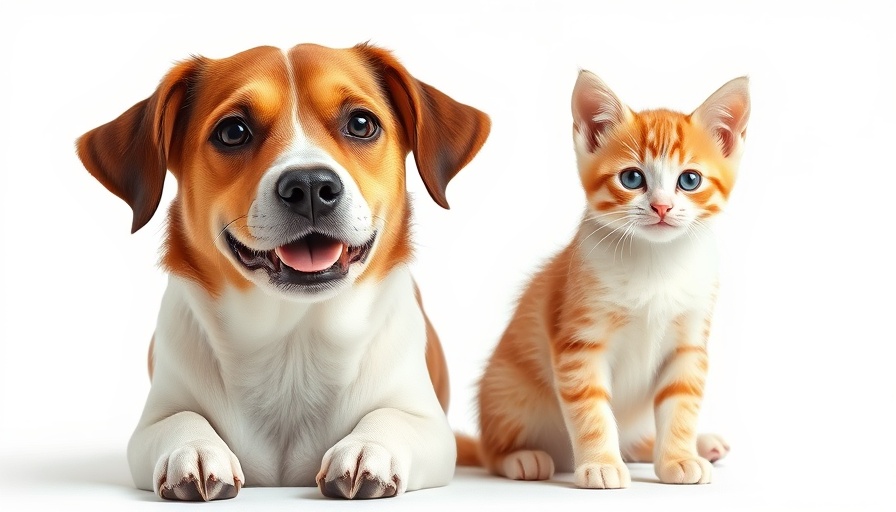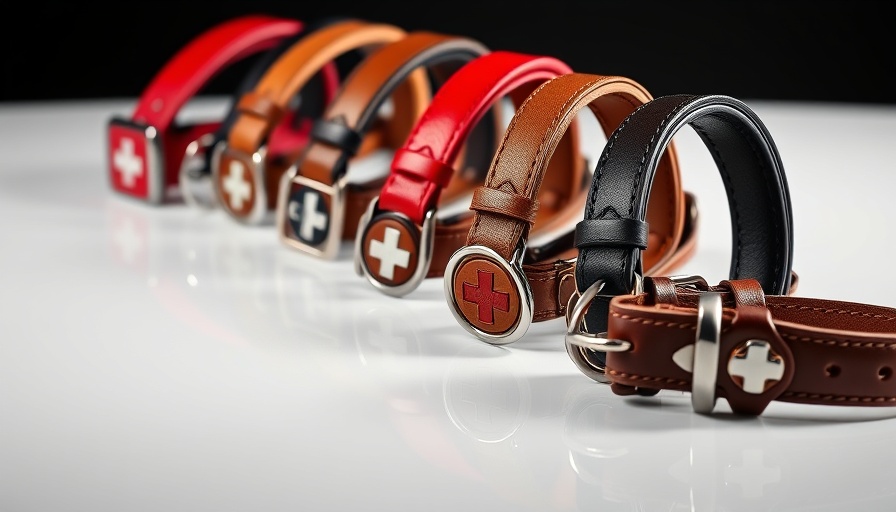
Understanding Hairballs: Why They Happen
Hairballs are a common concern among cat owners, especially when it comes to managing our feline friends' health. As most pet parents know, hairballs form when cats groom themselves and ingest hair. While some breeds, like Persians and Maine Coons, are more prone to hairball issues, even short-haired cats can experience them. This can lead many cat owners to consider specialized cat foods designed to reduce hairball formation.
The Pros and Cons of Hairball Control Cat Foods
While hairball control cat foods can provide relief, there are important considerations regarding their potential side effects. Pet owners often turn to these products with the hope of reducing hairballs, but it's essential to be aware of what these foods might bring to the table—both good and bad.
1. The Fiber Dilemma: Too Much of a Good Thing
High fiber content is a hallmark of many hairball control cat foods, with fiber levels sometimes reaching 8%, compared to the 1-2% found in regular cat food. While fiber can aid in digestion, excessive amounts might result in adverse effects, such as gas, diarrhea, and abdominal discomfort. Finding the proper balance in a cat’s diet can be challenging, and it’s crucial to monitor your cat’s response to any changes.
2. Increased Bowel Movements: What to Expect
An increase in fiber often leads to greater fecal bulk, meaning your cat may have more frequent and larger bowel movements. While this effect can be normal, and even beneficial for some cats, it might be an annoyance for pet owners who don’t appreciate the mess or additional litter box upkeep.
3. Nutritional Absorption: Balancing Act Required
Excessive fiber can speed up the transit of food through the digestive system, potentially compromising nutritional absorption. Vitamins, minerals, and essential fatty acids are vital for your cat's overall health, making it necessary to choose a hairball control food that doesn’t disrupt this balance. Consulting with your vet can help ensure your cat’s diet is both hairball-friendly and nutrient-rich.
4. Hydration Challenges: Keeping Your Cat’s Drinking Habits in Mind
Dehydration is another risk when feeding your cat dry hairball formula food, particularly if they do not drink sufficient water. The added fiber can draw moisture from your cat’s body, leading to dehydration over time. Encourage your cat to stay hydrated by providing fresh water regularly and considering wet food options if dehydration becomes a concern.
5. Allergic Reactions: Be Watchful
Some cats might develop allergies or sensitivities to certain ingredients found in hairball control foods. Watch for symptoms such as excessive scratching, gastrointestinal upset, or lethargy. If you notice any of these signs, consult your veterinarian to determine whether the food could be causing issues.
Actionable Tips for Choosing the Right Hairball Food
When considering hairball control food, here are a few actionable tips to help guide your decision:
- Consult Your Vet: Always discuss any dietary changes with your veterinarian to tailor the best options for your cat's health needs.
- Read Labels Carefully: Look for balanced fiber content and high-quality ingredients to promote digestion without compromising nutrition.
- Monitor Changes: Keep an eye on your cat's health, observing any changes in behavior, digestion, or activity levels once switching foods.
- Hydration is Key: Ensure your cat’s access to fresh water, and consider integrating wet foods into their diet to boost hydration.
Conclusion: Making Smart Choices for Your Cat’s Health
Understanding the potential side effects of hairball control cat foods is crucial for responsible pet ownership. By staying informed and working closely with your vet, you can develop a diet plan that prioritizes your furry friend's health and well-being. Help your cat thrive by making thoughtful dietary choices that take their unique needs into account.
For more tips and discussions about your pet's health, consider reaching out to a veterinary professional. The right guidance can ensure that your beloved cat lives a happy, healthy life free of hairball woes. Don't hesitate to take an informed approach to your cat’s diet!
 Add Row
Add Row  Add
Add 




Write A Comment